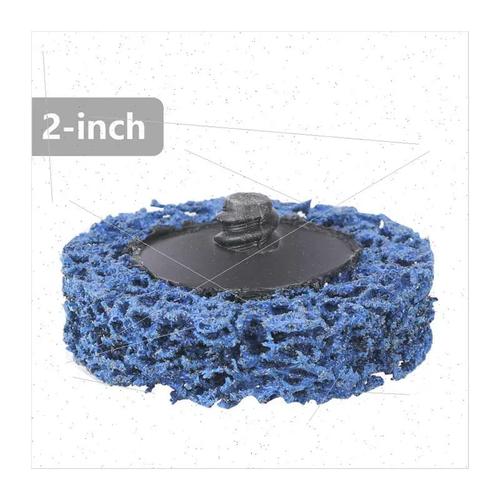Sanding Off Paint on Wood: A Comprehensive Guide
When it comes to restoring or refinishing wood, sanding off paint is often the first step. This process can be daunting, but with the right knowledge and tools, it can be a rewarding experience. In this article, we will delve into the various aspects of sanding off paint on wood, from the types of sandpaper to use, to the best techniques for achieving a smooth finish.
Understanding the Purpose of Sanding
Sanding off paint on wood serves several important purposes. It removes old, chipped, or peeling paint, which can be unsightly and harbor moisture. It also prepares the wood surface for new paint or finish, ensuring better adhesion and a longer-lasting result. Additionally, sanding can reveal the natural grain of the wood, enhancing its beauty.

Choosing the Right Sandpaper
Selecting the appropriate sandpaper is crucial for a successful sanding project. There are various types of sandpaper available, each with its own characteristics and uses. Here’s a breakdown of the most common types:
| Type of Sandpaper | Coarseness | Use |
|---|---|---|
| Coarse Sandpaper | 60-80 grit | Removing heavy paint or varnish |
| Medium Sandpaper | 100-120 grit | Smoothing out rough surfaces |
| Fine Sandpaper | 150-180 grit | Finishing and smoothing surfaces |
| Very Fine Sandpaper | 220-240 grit | Finishing and achieving a smooth, glossy surface |
It’s important to start with a coarser grit and gradually move to finer grits to achieve the desired smoothness. Using the wrong grit can result in an uneven finish or damage to the wood.
Preparing the Wood Surface
Before sanding off paint on wood, it’s essential to prepare the surface properly. Here are some key steps to follow:
-
Remove any loose paint or debris using a scraper or putty knife.
-
Wipe down the surface with a damp cloth to remove dust and dirt.
-
Protect any surrounding areas with masking tape or drop cloths to prevent damage.
The Sanding Process
Now that the wood surface is prepared, it’s time to sand off the paint. Here are some tips to ensure a successful sanding process:
-
Start with a coarser grit sandpaper and work your way to a finer grit.
-
Use a sanding block or sanding sponge to evenly distribute pressure and prevent marring.
-
Sand in the direction of the wood grain to avoid cross-grain scratches.
-
Change the sandpaper as needed to maintain a consistent grit level.
-
Take breaks to inspect the surface and ensure even sanding.
Finishing Touches
Once the paint has been sanded off and the wood surface is smooth, it’s time to apply a new finish. Here are some tips for achieving a professional-looking result:
-
Choose a high-quality finish that complements the wood’s natural color and grain.
-
Apply the finish in thin, even coats, allowing each coat to dry completely before applying the next.
-
Use a high-quality brush or applicator to ensure a smooth, consistent finish.
-
Allow the finish to cure for the recommended time before using the wood surface.
Sanding off paint on wood can be a challenging task, but with the right tools, techniques, and patience, it can be a rewarding experience. By following these guidelines, you can achieve a smooth, beautiful finish that will enhance the appearance and longevity of your
